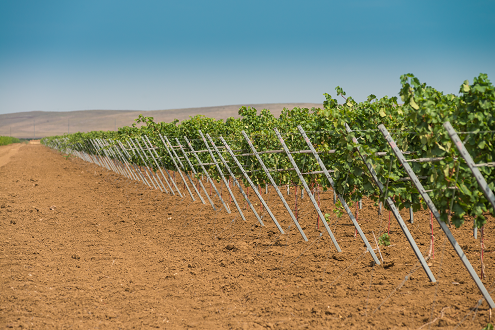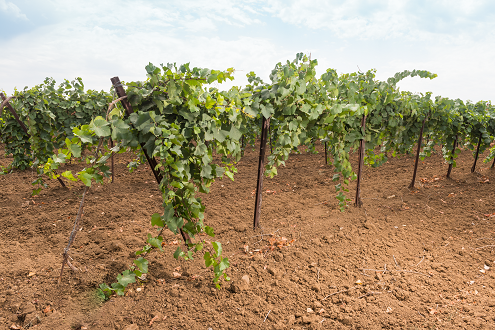Formation types
Grapes are a flexible and plastic plant that can take on different shapes. This characteristic is actively used in viticulture through the special formation of a bush, which allows rational use of land area, ensuring optimal distribution of sunlight necessary for harvesting a high and high-quality harvest.
Forming grapes allows you to solve a number of problems:
- ensures full fruiting of vigorous varieties, thanks to the supply of perennial wood
- reduces the load on the bush, depending on the type of soil
- lifts the plant from the ground to ensure quality ventilation and prevent fungal diseases
The following types of formations are involved in viticulture practice:
- capitate – suitable for industrial breeding nurseries
- cup-shaped is used when growing on stakes
- single- and double-sided – used when forming bushes on trellises (for low-growing varieties)
- fan-shaped is used when growing on two-plane or single-plane trellises
- cordon is suitable for forming bushes on single-plane vertical trellises in uncovered viticulture
The trellises involved in various types of formations are supports that are necessary for a number of objective reasons:
- help increase productivity
- simplify plant care and pruning
- contribute to the economical organization of the vineyard
We use the most optimal types of grape bush formations
Agrofirm "Yuzhnaya" pays considerable attention to the introduction of various methods that help increase the yield and quality of grapes. Much work is being done on the use of formations. We use 2 main types that have shown the greatest effectiveness:
- trellis design with vertical formation. The cordon formation with vertical growth is suitable for growing frost-resistant varieties, it allows you to form the plant into arches and galleries, maximizing the space (on a plot of 1 hectare there are up to 22 rows, each 150 m long)
- trellis design with a spiral formation. The AZOS cordon is one of the most productive types of formations, facilitating the pruning of bushes, designed for mechanized harvesting of technical varieties, having a positive effect on productivity and eliminating the need for garter, debris, etc
Thanks to a thoughtful approach and long-term testing of different types of formations, our specialists were able to select the best options taking into account climatic conditions, soil characteristics and grown varieties. We are also actively working to modernize them to achieve better results.

